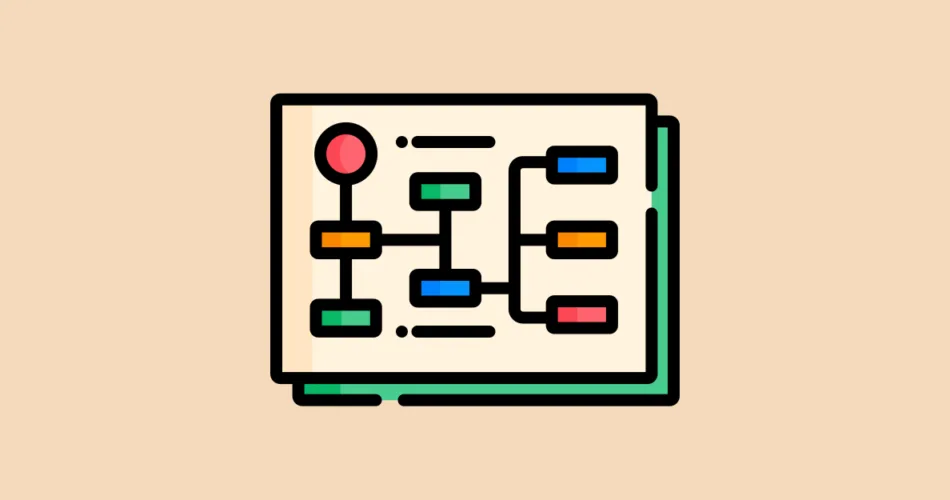Object-Relational Mapping (ORM) is a powerful technique that simplifies database interactions in software development. In this guide, we will explore ORM concepts, its benefits, and the process of mapping objects to database tables.
ORM Concepts and Benefits
ORM is a programming technique that bridges the gap between the object-oriented world of application code and the relational world of databases. Here’s a closer look at its concepts and advantages:
- Object-Relational Mapping (ORM): ORM is a framework or library that abstracts database interactions, allowing developers to work with objects in their code instead of writing raw SQL queries. It simplifies the persistence of objects in a relational database.
- Benefits of ORM: ORM offers several benefits, including:
- Simplicity: Developers can work with objects and classes, making code more intuitive and maintainable.
- Database Independence: ORM frameworks often support multiple database systems, enabling portability across different platforms.
- Automatic CRUD Operations: ORM handles the creation, retrieval, update, and deletion (CRUD) of objects, reducing repetitive code.
- Abstraction of SQL: Developers don’t need to write SQL queries manually; the ORM generates SQL statements based on object operations.
- Mapping: ORM frameworks provide mechanisms to map object properties to database columns.
Mapping Objects to Database Tables
One of the core tasks of ORM is mapping objects to database tables. This process defines how object properties correspond to database columns:
- Entity Classes: In ORM, entity classes represent objects that need to be persisted in the database. Each class typically maps to a specific database table.
- Attributes and Columns: Object attributes are mapped to database columns. For example, a “Person” class might have attributes like “name” and “age,” which correspond to “name” and “age” columns in the database.
- ORM Annotations or Configuration: ORM frameworks provide ways to define mappings, either through annotations in the code or external configuration files. These mappings specify how objects relate to database tables and columns.
- CRUD Operations: Once you’ve established the mapping, ORM frameworks transparently handle CRUD operations. Developers can create, read, update, and delete objects without writing SQL queries.
ORM simplifies database interactions, making it easier to work with databases in object-oriented programming languages like Java, Python, or C#. Developers can maintain their focus on their application’s logic without becoming entangled in the intricacies of the database.
Subscribe to our email newsletter to get the latest posts delivered right to your email.


Comments